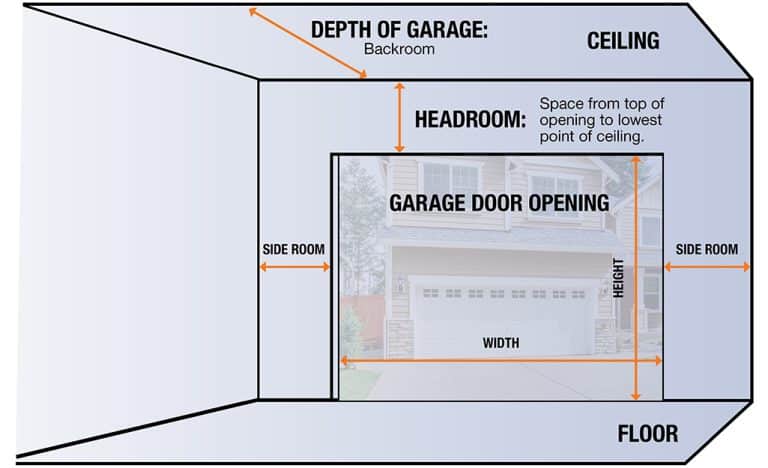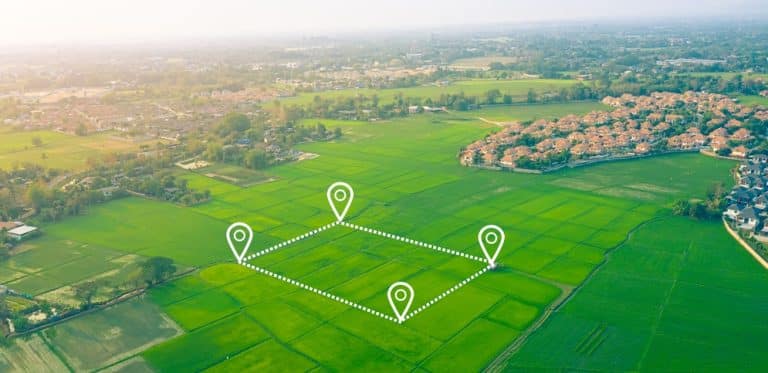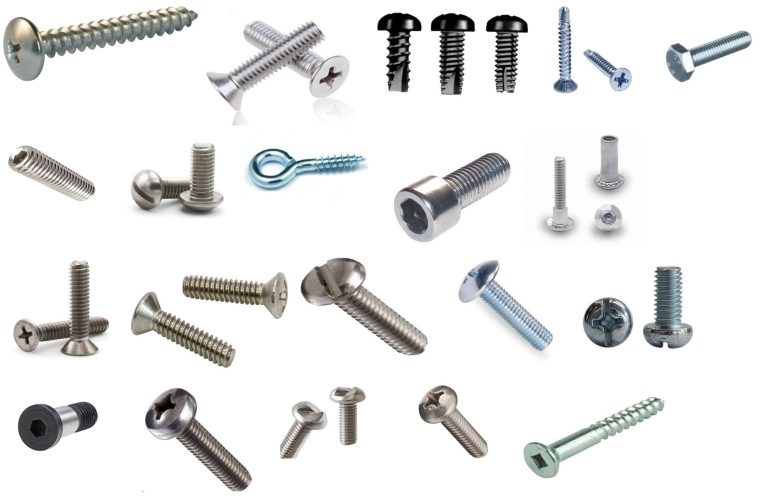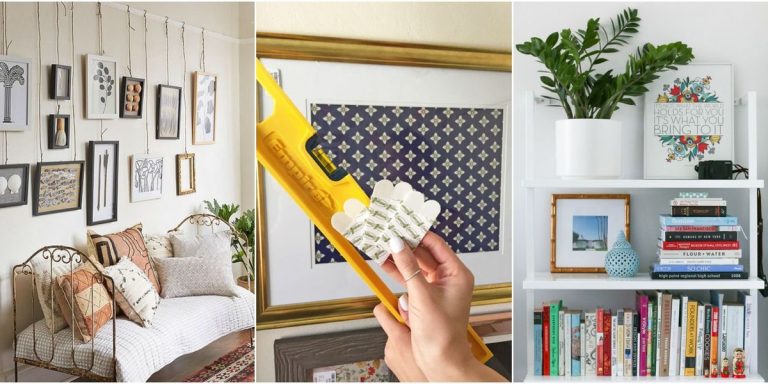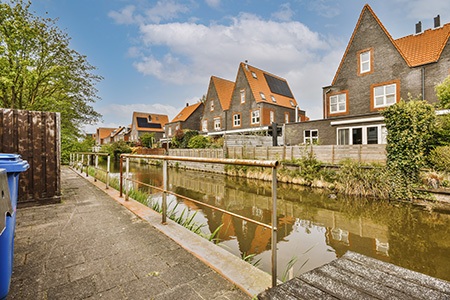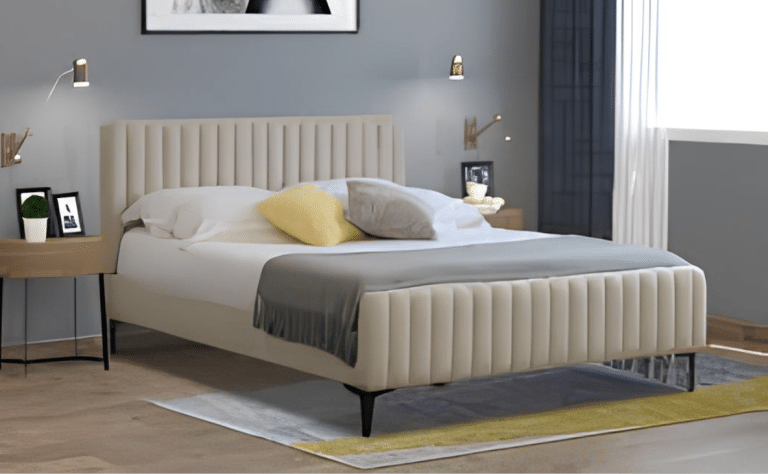Complete Guide to Housing Complexes
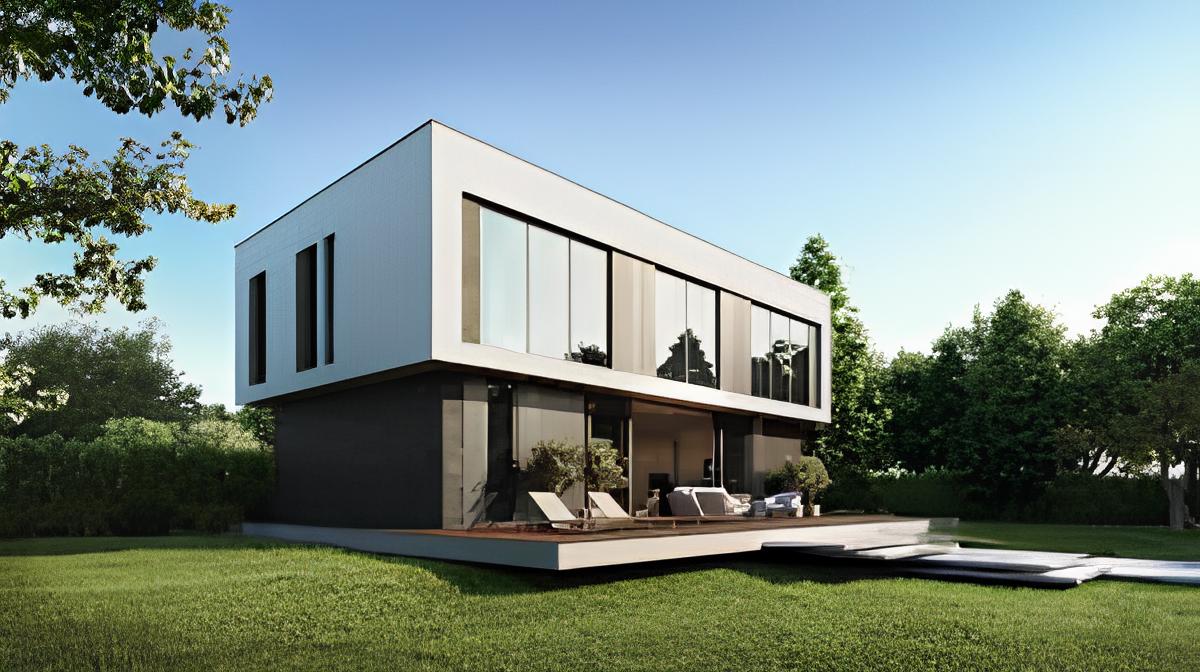
Have you ever thought about what makes a house special and different? Well, a complex house with unique features that set it apart from regular houses.
Think about the regular house in your mind. It has walls, a roof, windows, and doors, right?
A complex house has all those things too, but it goes beyond that. It’s like solving a puzzle made of different pieces that come together to create something amazing.
Complex houses can have extra floors, hidden rooms, or even cool shapes like circles or triangles. Think about finding a house with secret passages that give you exciting surprises.
These houses are designed to be really interesting and offer more than what you can see at first.
So, the next time you see a house that looks a bit different and has some extra surprises, you might be looking at a complex house.
Let’s know about them in detail!
What is the Complex House?
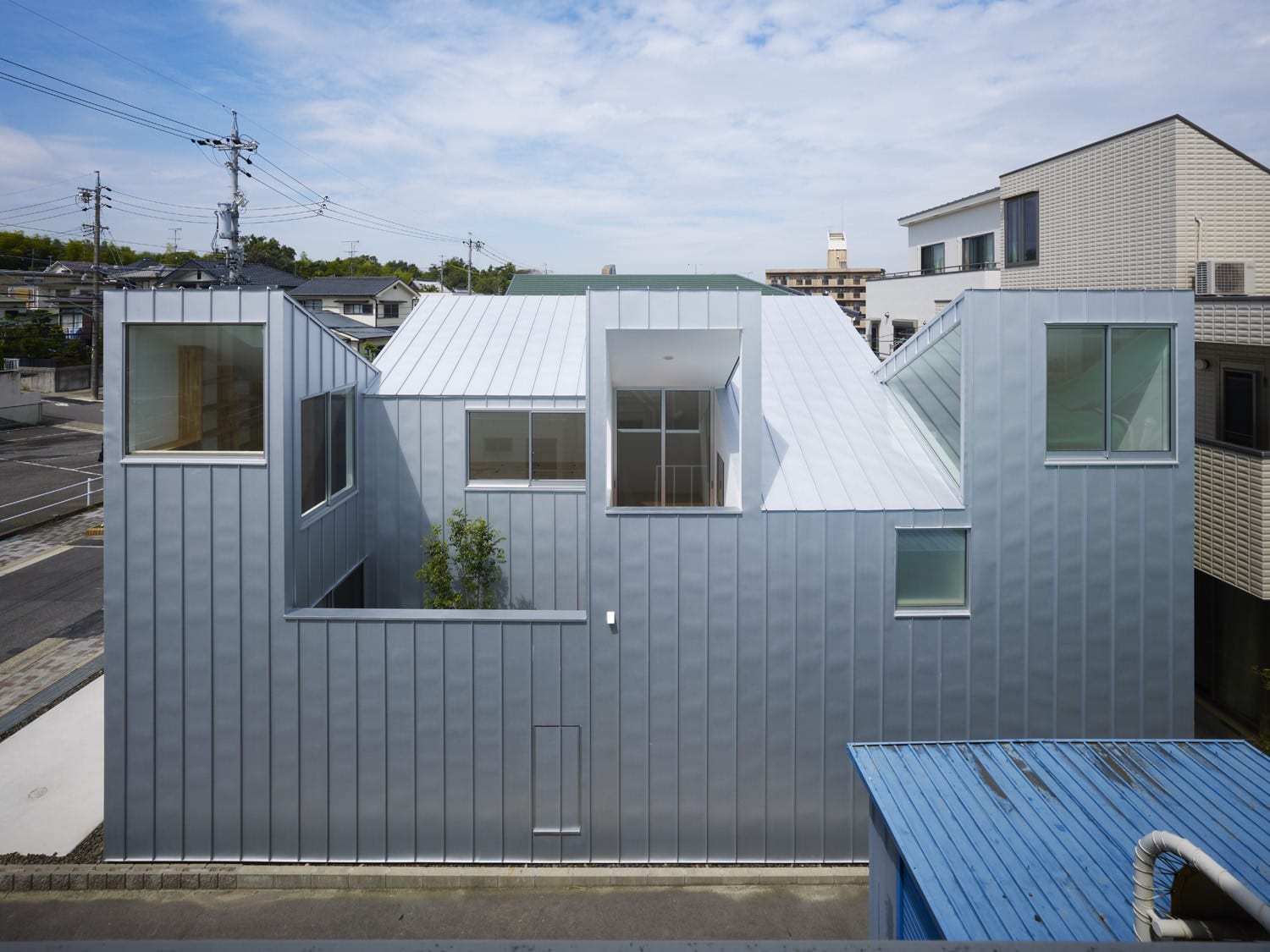
A complex house is a special kind of home that goes beyond the regular single-family house and offers various nice things and features within a friendly community.
These affordable housing complexes can be big or small, with different designs, like condominiums or large apartment communities. They are seen as safer because they have extra security features, which is great for families and individuals who want a safe place to live.
A housing complex with modern architecture stands out from other homes in the area. It has creative shapes, angles, and materials that make it truly attractive.
Types of Housing Complexes
1. Condominium Project
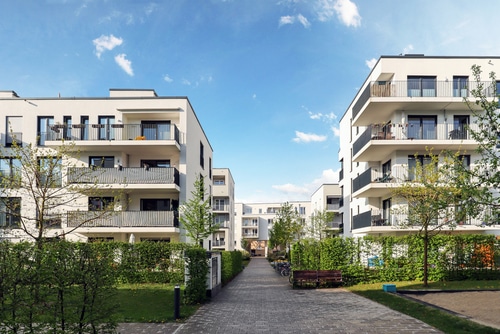
A condominium project is a type of living area where people own their homes and also share ownership of common spaces like pools and gyms.
In the gym, you can set up a sound player so that you can enjoy yourself with your neighbors and make connections with them. The residents work together through a homeowners’ association to maintain these shared areas, promoting a strong community and cooperation.
Condominiums can be tall buildings or smaller townhouses, offering different lifestyle choices for people who prefer hassle-free living with community facilities and a range of services that serve interests and preferences.
With modern architecture and eco-friendly features, condominium projects are designed to combine with the surrounding environment, creating a sustainable and pleasing living experience.
2. Complex Apartment
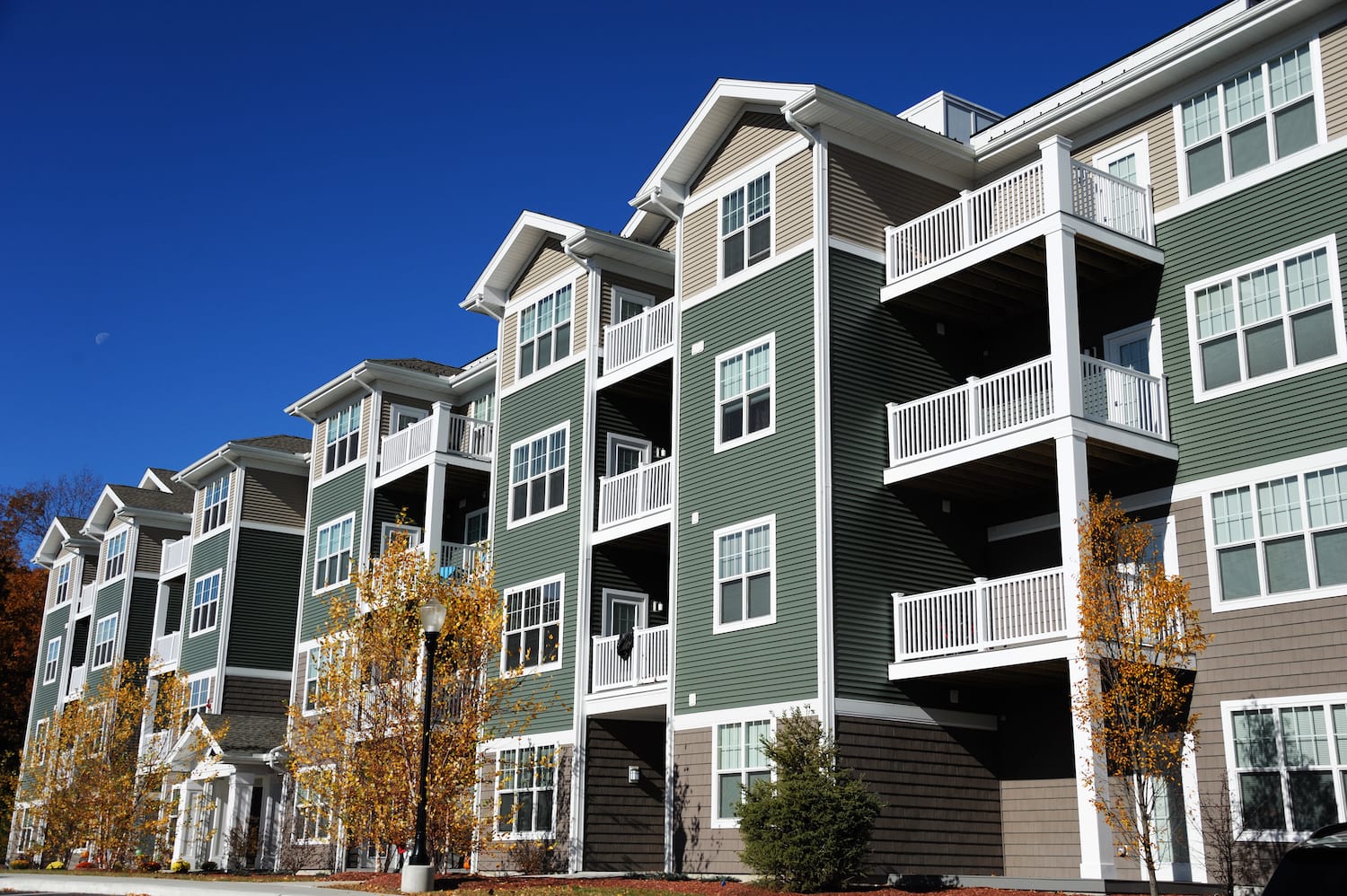
A complex apartment is a big building with many separate apartments for rent. Each resident signs a contract with the building management, ensuring a structured and transparent rent experience.
The householders share common spaces like hallways and elevators, creating opportunities for social interactions and supporting a vibrant living environment.
Luxury Housing Complex apartments are popular because they are convenient and close to city areas, offering easy access to various services, entertainment options, and cultural hubs.
They make them suitable for people who want the ease of renting without owning while still enjoying the perks of urban living. Additionally, many modern complex apartments are equipped with state-of-the-art security systems like video doorbells and smart technology, ensuring residents’ safety and comfort in their futuristic urban abodes.
3. Multi-Family Home
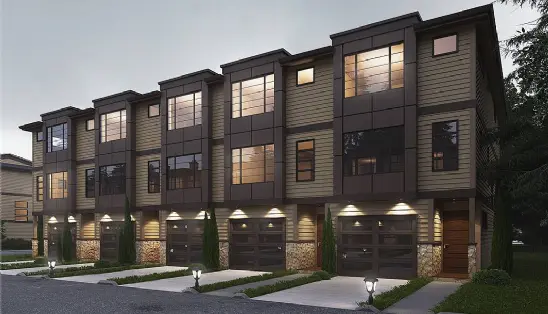
A multi-family home is a building with two or more separate living units. These units can be duplexes, triplexes, or larger apartments, providing green housing complex options within a single property.
Each unit is like its own home with its entrance and facilities, ensuring a feeling of privacy for each household. Many families or individuals can live together in the same building, allowing for united relationships and support networks in your senior housing complex.
Multi-family homes can be rented or owned by a single landlord, making them an attractive choice for investors finding a profitable real-worth venture or families who want to live close to each other while maintaining their own living spaces and personal boundaries.
A security camera system can provide safety and surveillance for multi-family homes. It allows residents to monitor common areas and ensure a secure environment. Some multi-family homes also feature public gardens and rooftop terraces, motivating residents to connect with nature and enjoy outdoor gatherings in a shared setting.
4. Land House
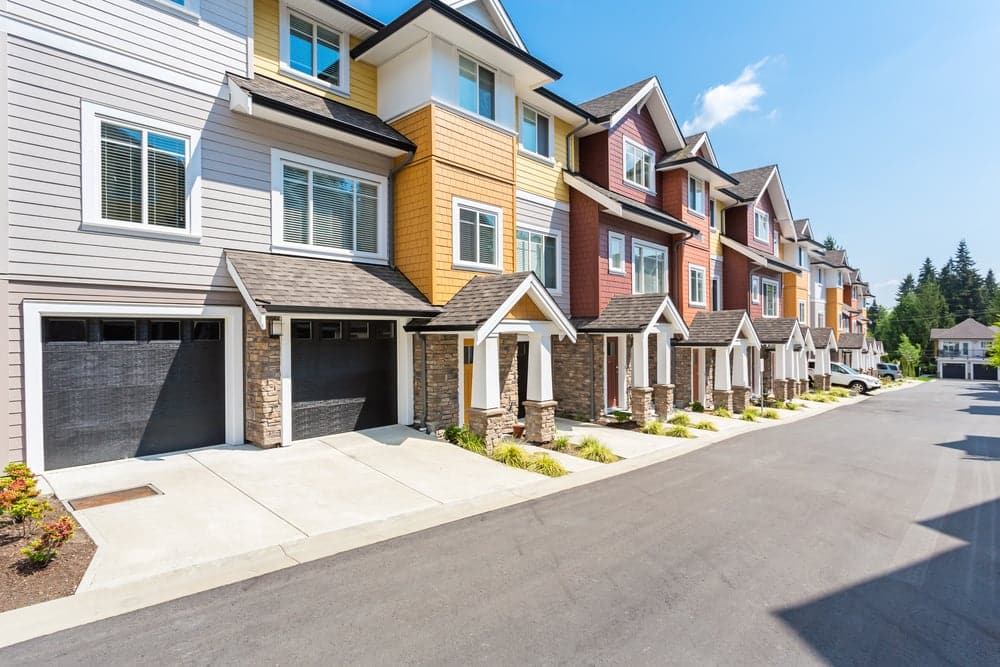
A land house, also known as a detached house, stands alone on its piece of land. This kind of house gives you lots of privacy and space since it doesn’t share walls with other houses nearby.
Land houses are great for families or individuals who want to feel like they truly own their space and desire a bigger yard for gardens with colorful flowers and decor like plotted plants, outdoor activities, or extra structures like garages or workshops.
With the freedom of having no shared walls, you can enjoy a peaceful environment and design your dream home without limitations, making it a special place that feels like your own private place.
Additionally, land affordable housing complexes often have beautiful front porches and large windows that allow residents to relax in natural light and relish the picturesque views of their surrounding landscapes.
5. Townhouse
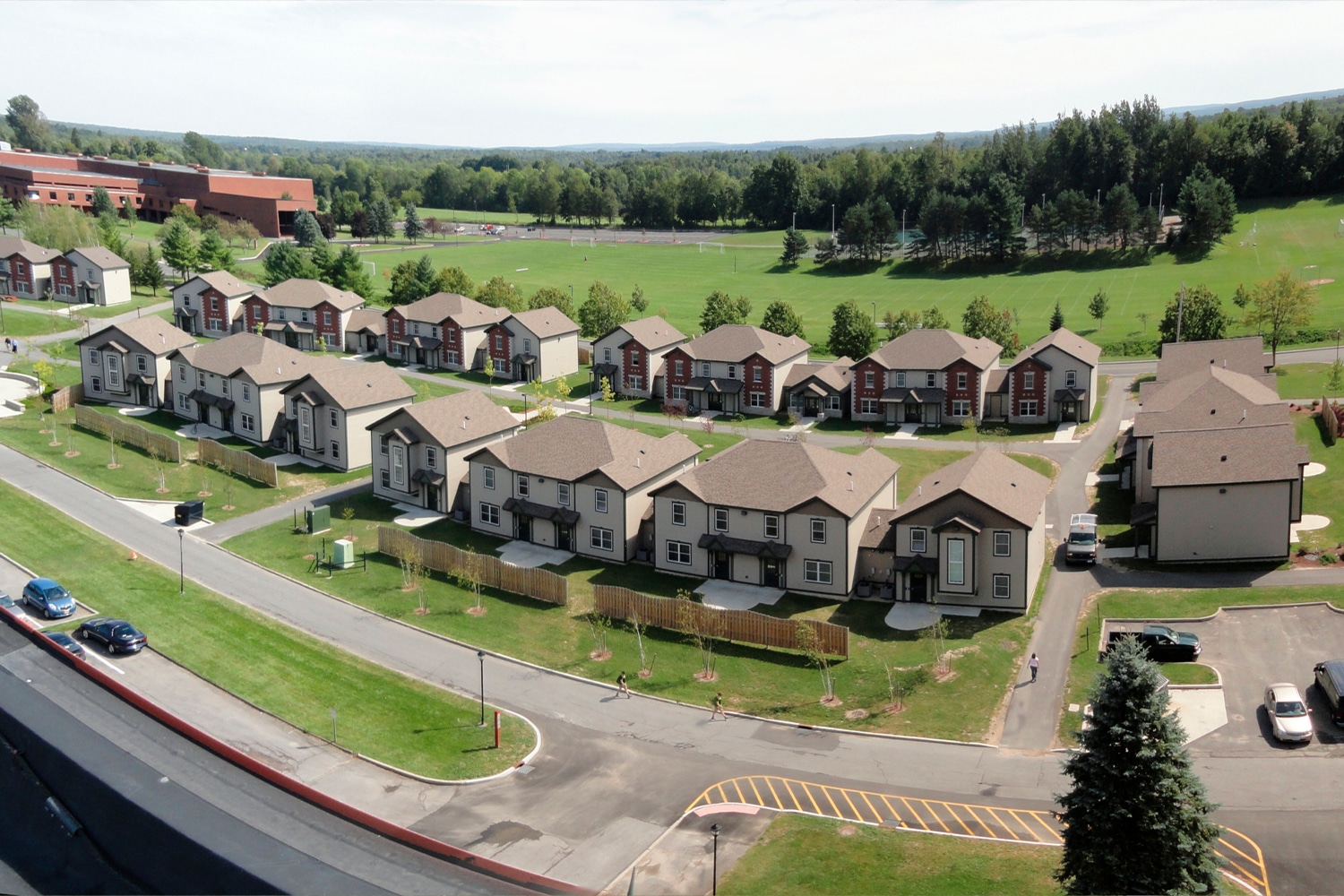
Townhouses are part of a group of connected luxury housing complexes, forming a row where they share walls on both sides. These houses offer a mix of independence and the convenience of city living.
Townhouses are a good option for people who want a more affordable home without giving up the sense of gated community housing. Brighten up your townhouse’s backyard and common areas with eco-friendly outdoor solar lights.
Living in a townhouse grants you the opportunity to build strong bonds with your neighbors, creating a tight-knit community that looks out for one another.
They come with shared facilities like playgrounds or swimming pools, encouraging a spirit of fellowship among residents. Townhouses, with their compact design and low-maintenance yards, are highly sought after by busy professionals, and small families find a balance between a comfortable living space and an active social life.
Additionally, many modern townhouses are designed with energy-efficient features, promoting sustainability and reducing the environmental footprint of urban living.
Important Factors to Check Out in Housing Complex
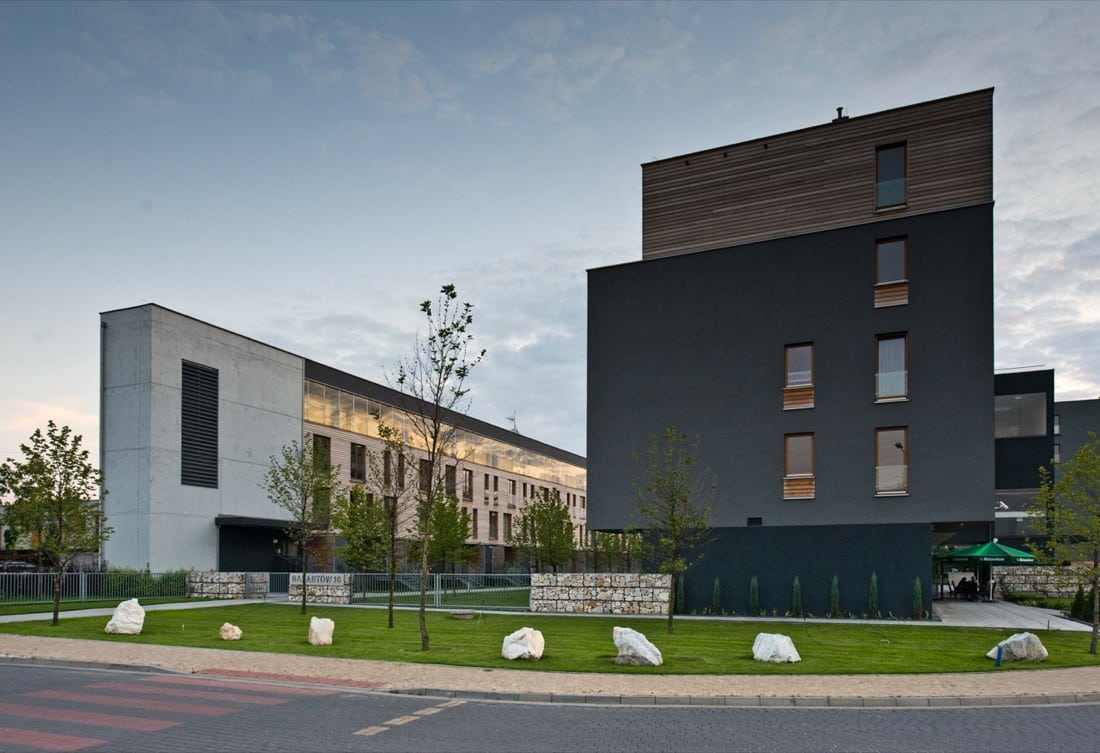
1. Choosing the Right Neighborhood for You
Picking the perfect neighborhood is important for a happy and comfortable life. Find a place that suits your lifestyle and what you like. Consider safety as a top priority, ensuring that the neighborhood has a low crime rate and is well-lit at night.
Moreover, The Presence of quality schools, parks, shops, and reliable public transportation is crucial for added convenience in your green housing complex.
A friendly community that supports each other makes living there feel like home and promotes lasting connections and a feeling of belonging. Check the local crime rates and talk to people who live there to gather a valuable understanding of their experiences and overall satisfaction in senior housing complexes.
A well-kept neighborhood with ample green spaces and recreational areas is great for both families and individuals to unwind and enjoy nature’s beauty.
2. The Benefits of Living in a Centrally Located Area
Living in an affordable housing complex at the center of things has many good points. Being close to the city’s heart or main business areas means you spend less time traveling to work, allowing for a better work-life balance and more time to engage in activities you love.
You can find numerous job opportunities and immerse yourself in a diverse array of fun and cultural activities, adding energy and excitement to your daily life.
Also, living here gives you easy access to an efficient public transportation system, making it simple to get around the city and even explore neighboring towns and cities conveniently.
When choosing a place, think about balancing a lively urban atmosphere with a calm and peaceful home, ensuring that you have the best of both worlds for a fulfilling and enriching lifestyle.
Contrasting Housing Complex and Complex Residential
1. Housing Complex
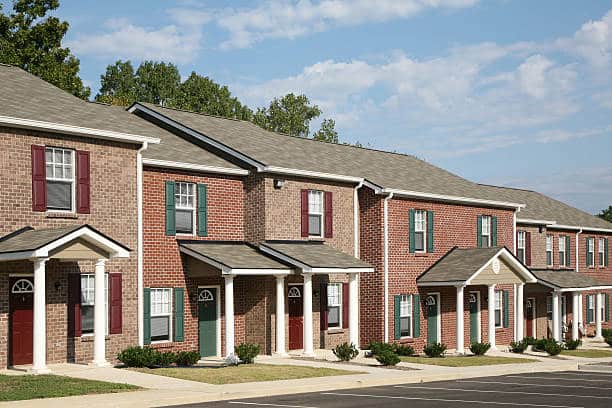
A housing complex means different types of homes where many families can live together. It includes buildings with apartments, townhouses, and gated communities.
The special thing about this kind of luxury housing is that everyone who lives there can share facilities like gyms, Inflatable family pools, playgrounds, and common areas, promoting a feeling of friendship and encouraging a healthy lifestyle. This makes it feel like a strong gated community housing, where neighbors become friends, and it promotes a social environment.
Green housing Complex makes life more convenient with easy access to relief and facilities, improving residents’ overall well-being. Moreover, it provides opportunities for engaging in various community events, creating lasting memories for all residents.
A homeowners’ association or a property management company usually takes care of the buildings and facilities, ensuring a well-maintained and enjoyable living experience for all.
2. Complex Residential
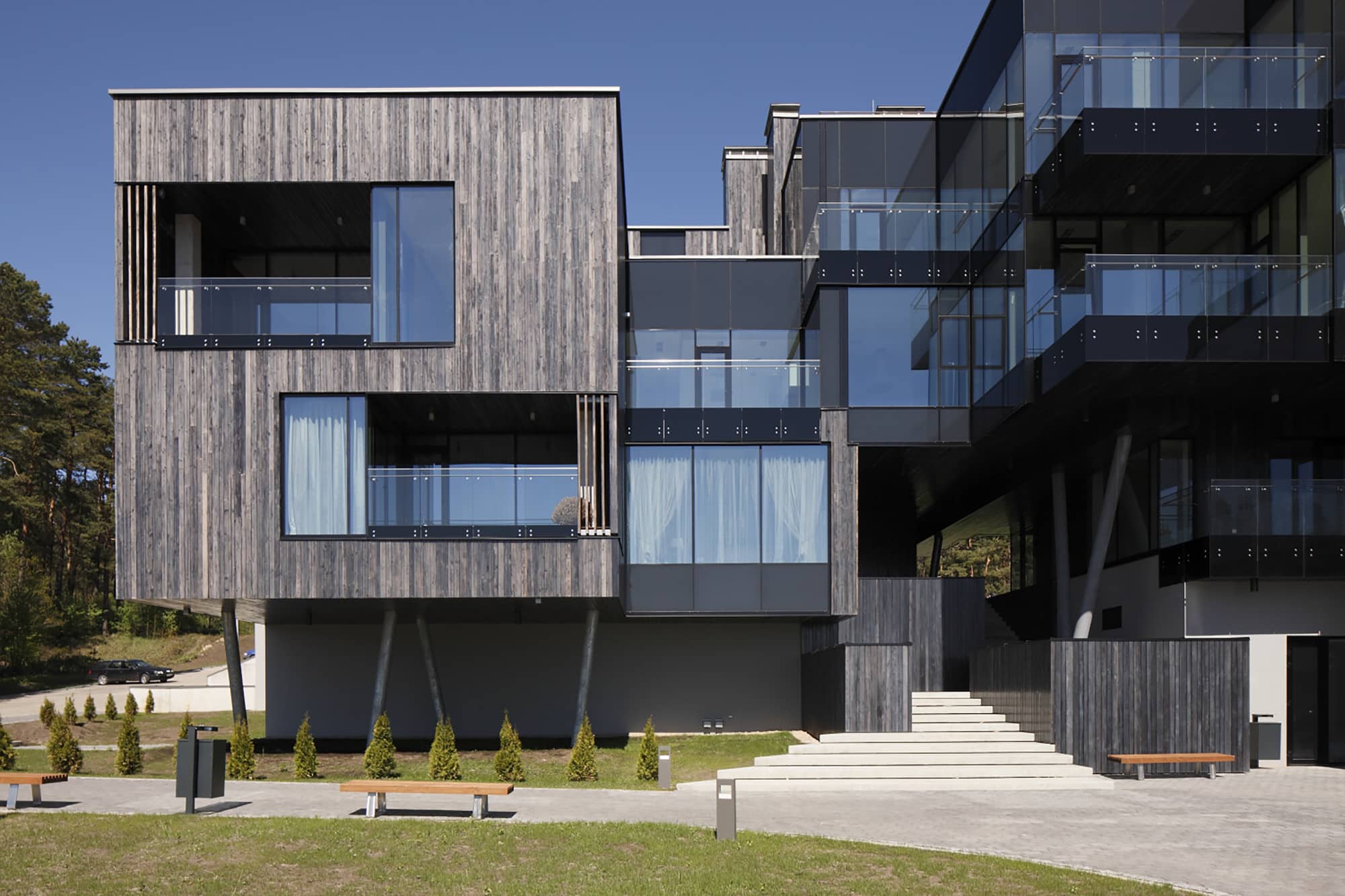
Complex residential means having different types of homes in one neighborhood. This includes apartments, condos, townhouses, and regular single-family houses, allowing for a mix of housing options that cater to various needs and preferences.
The main goal of senior housing complex residential planning is to create a diverse and combined community where people of different backgrounds and incomes can live together and support mutual respect and understanding.
By thoughtfully merging commercial spaces and educational facilities into the neighborhood, complex residential planning encourages a sense of self-sufficiency and promotes a local economy.
It involves carefully planning the layout of the neighborhood and making sure that the different types of housing are in the right places and are close to essential services, convenient transportation options, and well-maintained recreational areas.
And by incorporating green spaces, housing complex residential neighborhoods often prioritize being eco-conscious. Use eco-friendly Home Products Items that promote sustainable living, such as energy-efficient appliances and cleaning supplies items like microfiber clothing.
Additionally, community-driven events and initiatives further increase the sense of belonging, making everyone feel valued and appreciated for their unique contributions to the community’s energy.
Conclusion
All in all, a housing complex is a unique and fascinating home with many interesting parts and features, like a house with hidden rooms, secret passages, or even a mini-golf course in the backyard; that’s what a complex house is like.
These houses have surprises around every corner, keeping both residents and guests entertained. They challenge the idea of a typical house and accept creativity in design.
Complex houses may have weird layouts and additions, turning a simple home into an extraordinary place. So, next time you come across a housing complex, appreciate the interest that went into creating such a delightful living space.
These houses are not only beautiful but also environmentally friendly and energy-saving. They are built with sustainable materials and advanced technologies to help the environment.
So, go ahead and start your life in complex houses, and let the joy unfold! Who knows, you might even find yourself living in one someday, surrounded by laughter, wonder, and a bit of mystery!
Happy house hunting!
Frequently Asked Questions
What Makes a House Complex?
Several factors contribute to a house being considered complex. These may include different floor plans, multi-level structures, incorporation of smart home technologies, automation systems, sustainable design elements, green building practices, and advanced energy-efficient features.
Are Complex Houses Only For the Wealthy?
While complex houses can be associated with luxury and high costs due to their unique design and features, they are not exclusive to the wealthy. Technological advancements and increasing interest in sustainable practices have made certain complex house elements more accessible to a broader range of homeowners.
Are Complex Houses Environmentally Friendly?
Many complex houses prioritize environmental sustainability and energy efficiency. Features such as solar panels, rainwater harvesting systems, energy-efficient insulation, and smart thermostats are often incorporated to minimize the environmental impact and reduce utility expenses.
Do Complex Houses Require Special Maintenance?
Yes, complex houses may require specialized maintenance due to their unique features and technologies. Homeowners might need to engage professionals familiar with the specific systems, materials, and designs to ensure proper upkeep and avoid potential issues.
Can I Customize a Complex House According to My Preferences?
Absolutely! Customizability is a significant advantage of complex houses. Homeowners have the flexibility to work with architects and designers to tailor the design, facilities, and features according to their preferences and lifestyle.
Do Complex Houses Have Better Energy Efficiency?
Many complex houses prioritize energy efficiency by Including building practices and advanced technologies like energy-efficient HVAC systems, smart lighting, and solar panels. This focus on energy conservation often results in better energy efficiency compared to standard homes.

